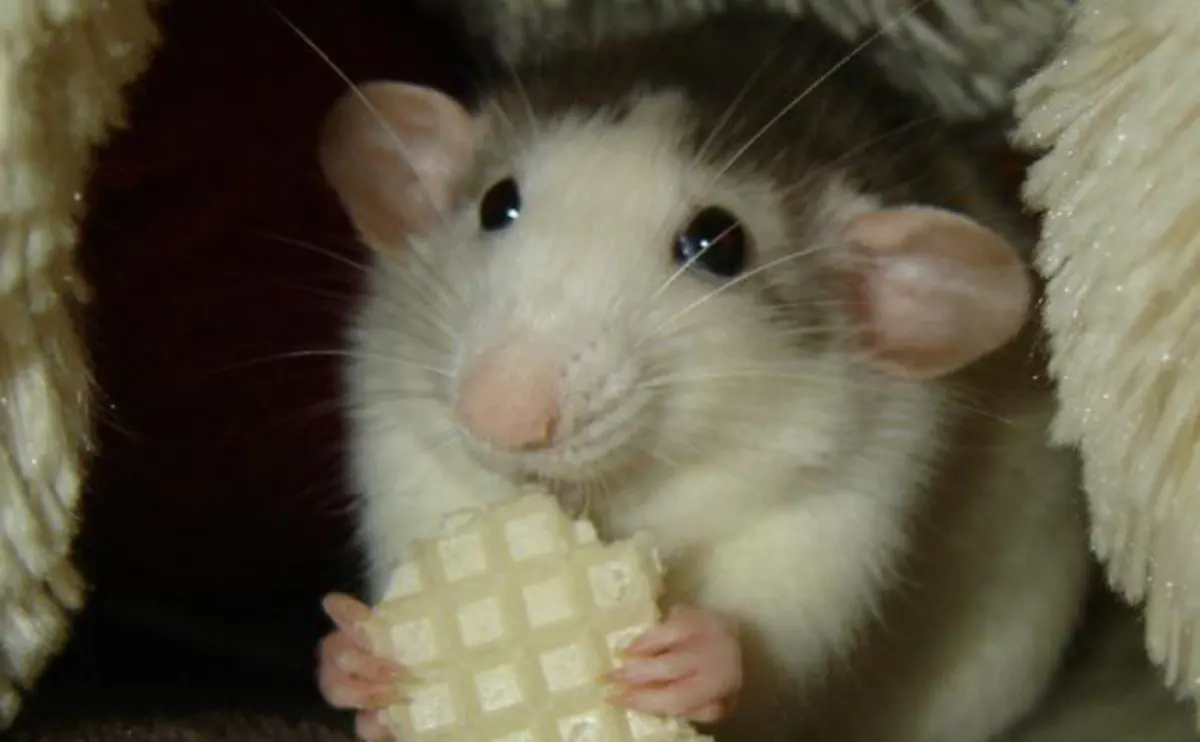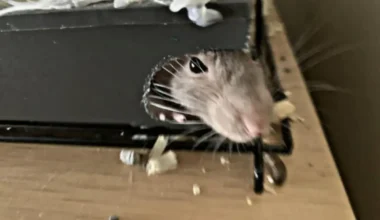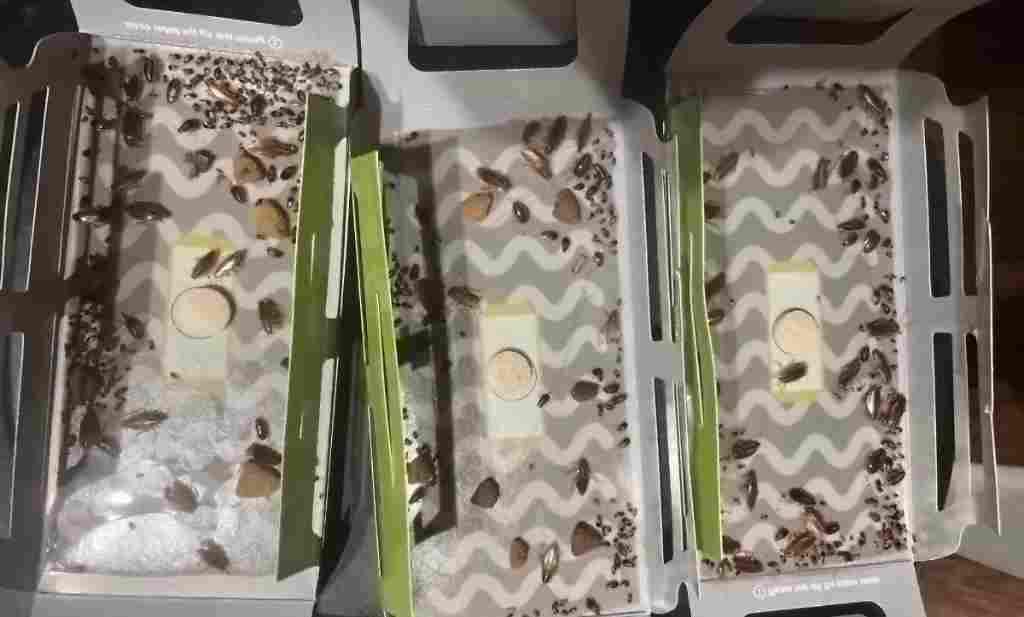Did you find rats in walls but not in house? Then you could be dealing specifically with sewer rats or even roof rats. Rats are troublesome pests that can create various issues for homeowners. They can damage furniture and walls, and also carry diseases that may harm your health. One clear indication of their presence is the annoying squeaking noises they make within the walls.
What Attracts Rats in Walls?
| Source | |
|---|---|
| Shelter | Walls provide a safe and secure environment, protecting rats from predators and harsh weather conditions. |
| Food and Water | If there’s easy access to food and water sources nearby, walls become an attractive living area for rats. |
| Warmth | In colder months, the warmth that building interiors and walls provide attracts rats. |
| Quiet | Walls offer a quiet, undisturbed space away from human activity. |
| Nesting Materials | Walls often contain materials like insulation that rats can use to build nests. |
| Ease of Movement | Walls, especially in older buildings, can provide a network of paths for rats to move around without being seen. |
Rats in Walls But Not in House; What to Do

Getting rid of rats in walls can be a bit challenging because it’s a hard-to-reach area. However, there are several methods you can try to eliminate these pests, such as: Below are working ways to remove rats in walls but not in house:
1. Sanitize the Area
One of the top ways to get rid of rats in walls is by sanitizing the area. This means thoroughly cleaning your entire property and getting rid of anything that helps them survive. Using the right cleaning methods is crucial to effectively remove these pests. Here are some helpful tips on how to sanitize properly:
a. Clear clutter and potential nesting spots
Rodents are attracted to cluttered areas because they find warmth for nesting and burrowing. Check your surroundings for places with accumulated clutter, and regularly get rid of things you no longer need.
This includes stacks of paper and cardboard boxes in the attic or basement. To protect your belongings, use heavy-duty plastic boxes that rats can’t chew through. Be cautious of electrical wires too, as rats may chew on them, posing a fire hazard. Keep your electrical wires organized and secure to avoid any problems.
b, Make sure to dispose of garbage properly
Rats are known for rummaging through trash to find food. Unlike mice, they eat almost anything, including the garbage you throw away. Prevent rats from getting into your garbage by making sure the garbage bin is securely covered. If you notice any holes or cracks in the bin, replace them to keep the rats out. Your bin can be the reason you have rats in your wall in the first place.
c. Clean up with disinfectant
When dealing with a serious rodent problem, they often leave urine trails to move around your house. These urine trails can build up and become hard to clean, so using the right cleaning products is important to get rid of them.
Clean up after rodents following CDC’s suggestion of using a commercial disinfectant or a homemade bleach solution. These products can be effective in eliminating the traces left behind by rodents and keeping your home clean and safe.
2. Eliminate Rat Food Sources
You want to keep rats in walls but not in house away by storing food and water properly. When these pests can easily find food and water in your home, they’re more likely to stick around and reproduce.
Rats are attracted to various types of food like nuts, fruits, grains, seeds, snacks, meat, and pet food. Prevent them from getting to these sources using airtight containers, glass jars, or metal containers for your food. Also, regularly empty any bowls or glasses of water so the pests can’t use them for hydration. Here is detailed information on food that can attract rats.
3. Take care of your garden
If your garden has a rat infestation, it could be the reason rats have been attracted into your home, and consequently in your walls. Don’t overlook the garden to avoid inviting rats into your home. Rats may be attracted to any fruits or vegetables growing in your garden, so it’s a good idea to harvest them promptly.
The common solution is to block access to indoor spaces and regularly trim tree limbs and long grass. Bird feeders can also attract mice to the garden, so be sure to sweep or pick up any bird seeds that fall to the ground.
4. Use Rodent Repellents for Effective Pest Control
An easy and low-cost way to get rid of roof rats is by using rodent repellents. You can find these products easily in stores, or even make your own with things you already have at home. Just put these repellents near walls, attics, basements, and around your house to keep the rodents away:
Your kitchen has some handy rodent repellents with strong smells that rats don’t like. Since rats have a keen sense of smell, they stay away from foods like onions, Tabasco sauce, garlic, and pepper because of their pungent odors.
Rats can smell really well, so some household items can be useful if you have a rat problem. Peppermint oil, citronella oil, and ammonia are three things that rats don’t like. You can take a cotton ball and soak it in these things, then put it near walls or places where you see a lot of rats. Another way is to mix these items with water in a spray bottle and use it as a homemade rat-repellent spray. This might help keep the rats away.
You can find commercial repellents in stores or online easily. They come in different forms, like sprays or pellets. Just be cautious because they often contain chemicals or poisons that can be dangerous if not used carefully. Alternatively, you can try electronic rodent repellents. These devices emit a sound that rats don’t like, and you just plug them in to keep the pests away.
5. Set Up Traps
Using traps is a popular way to get rid of rodents – it’s fast, simple, and doesn’t cost much. There are different types of traps, such as snap traps, glue boards, and electronic traps. Sometimes, though, it can long to catch a mouse in a trap if not set properly.
But before you start using traps, there are a few important things you need to know to make them work better:
- Choose the right bait. Rats will eat almost anything, but they have some favorite foods. To make your trap more tempting and successful, use peanut butter, fruit, grains, or seeds. If food doesn’t seem to work, try putting nesting materials like cotton, yarn, shredded paper, or dental floss in the trap instead.
- Wear gloves when handling bait. Never touch bait with your bare hands, as this can change its scent. Rats see humans as predators and might stay away from food that smells like us. So, always wear gloves when dealing with bait to make it more appealing to rodents.
- Rats are clever and tend to avoid things that seem unfamiliar. To outwit them, start by placing unset traps for a few days so the rats get used to them and think they’re harmless. When dealing with rats in walls, position the traps at right angles to the walls to block their escape. Also, try using different types of traps and baits to see which ones work best.
6. Safeguard Your Property
To stop rats from getting inside your house, use sturdy materials that they can’t chew through. Rats get in through small gaps and holes, so seal up your home using these materials. Below are rat-proof steps you need to take if you have rats in walls but not in house:
- Caulk and steel wool work best when used together. When you combine them, they create a powerful compound that can seal and smooth out almost any surface, making it impossible for rats to chew or gnaw their way through. So, use them together to keep those pesky rodents out of your home!
- You can use strong materials like glass, metal, tough concrete, and hard plastic to keep rodents away. You can find these materials at hardware stores or use any spare pieces you have at home. These sturdy materials will help block out those pesky rodents and protect your space.
- Wire mesh or sheet metal works well for closing off larger openings like doors and windows. It lets air flow inside your home while making sure rats stay outside. So, you can enjoy fresh air indoors without worrying about those unwanted rodents!
7. Look for Any Traces of Rats
After trying the methods mentioned earlier to get rid of rats, it’s important to check if any rodents are still in your home. A helpful way to confirm this is by doing a flour test.
Simply sprinkle some flour or powder near the walls and around your home. After a few days, check for any marks or rat footprints in the flour. If you find any, it means there are still rats present.
Another clue to look out for is your pet’s behavior. If you have a dog or cat, they might act strangely if they spot rats. They may make unusual sounds or seem like they’re chasing something around if there are rodents nearby.
How Long Do Rats Stay in Walls?
Rats can stay in walls for their entire lifespan of 1-3 years or until conditions change. They are attracted to the safety, quietness, and warmth that walls provide, and if they can find food and water easily, they might stay there indefinitely.
When it comes to rats in your walls, the most common type is sewer rats. Rats are tough and can survive for a long time. They search for food outside your home and then sneak in to make nests and have babies.
If you have rats in your home, it can attract even more of them to come in. This creates a safe and comfy place for them to live. That’s you need to take action fast and not ignore the problem.
Once rats find a way to get in and out of your walls, they can stick around for a long time. So, deal with the issue as soon as possible. Ignoring it will only make the rat infestation worse over time. Rats living in your walls are always busy trying to survive, and one way they do this is by gnawing and chewing. That’s the noise you often hear at night.
If your house has pex water piping or plastic drain lines, you need to be extra cautious. Sewer rats can cause a lot of damage to these pipes, which can lead to big problems. The repairs for such damages can end up costing you thousands of dollars.
Get Rid of Rats in Walls with Pest Control
The best thing to do to remove rats in walls but not in house is to call professional pest control. They have a skilled team with lots of knowledge and the latest technology to handle rats both inside and outside your home. Experts will typically carefully check your property to find anything that might attract the rats. They treat your home as if it were their own to give you the most effective solutions.





